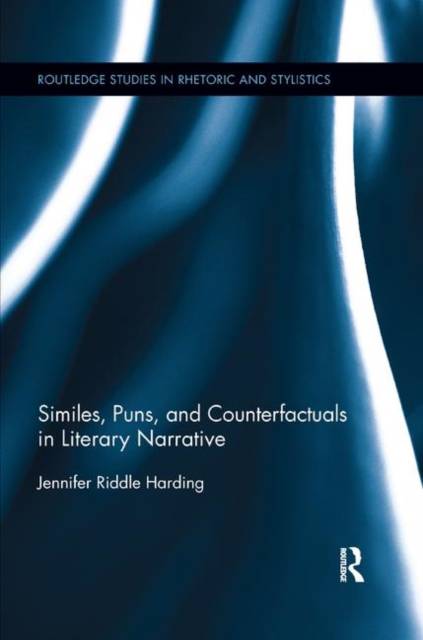
- Retrait gratuit dans votre magasin Club
- 7.000.000 titres dans notre catalogue
- Payer en toute sécurité
- Toujours un magasin près de chez vous
- Retrait gratuit dans votre magasin Club
- 7.000.0000 titres dans notre catalogue
- Payer en toute sécurité
- Toujours un magasin près de chez vous
Similes, Puns and Counterfactuals in Literary Narrative
Jennifer Riddle Harding
91,95 €
+ 183 points
Format
Description
In this study, Jennifer Riddle Harding presents a cognitive analysis of three figures of speech that have readily identifiable forms: similes, puns, and counterfactuals. With a solid cognitive grounding, Harding's approach emphasizes the relationship between figurative forms and narrative effects.
Spécifications
Parties prenantes
- Auteur(s) :
- Editeur:
Contenu
- Nombre de pages :
- 184
- Langue:
- Anglais
- Collection :
Caractéristiques
- EAN:
- 9780367366308
- Date de parution :
- 10-07-19
- Format:
- Livre broché
- Format numérique:
- Trade paperback (VS)
- Dimensions :
- 155 mm x 231 mm
- Poids :
- 430 g

Les avis
Nous publions uniquement les avis qui respectent les conditions requises. Consultez nos conditions pour les avis.






